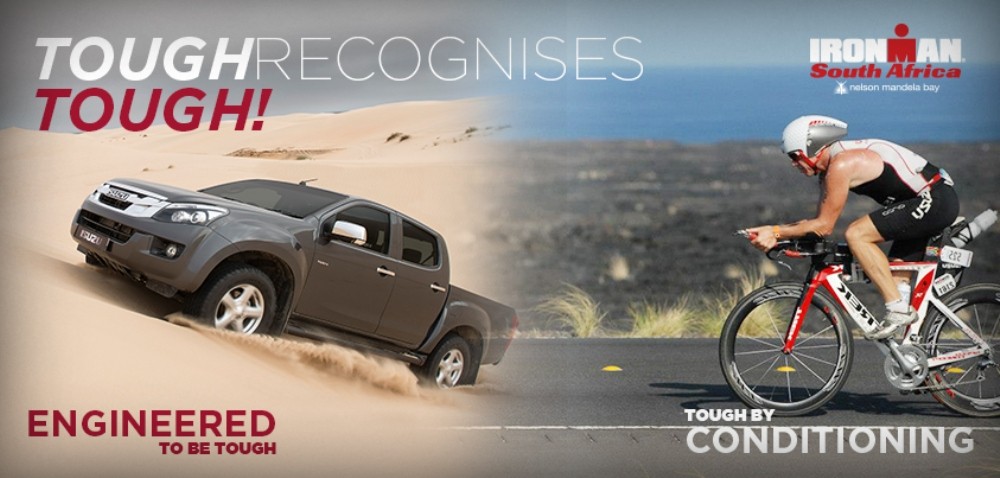When I was (still do) struggling with my weight I came across an article by Shayne Kondor that resonated with me and helped motivate me to work hard at dropping my weight and my BMI. In my opinion one of the biggest contributing factor to my success in Las Vegas at the World 70.3 Championships, was the fact that I managed to get down to a decent fighting weight.
Shayne Kondor is/was an experimental aerodynamicist at Georgia Tech Research Institute and an Ironman. The contents of this article which I have summarised are the work of Shayne Kondor.
Most aerodynamicists would be seeking methods to shave some time from a cyclists bike split and Shayne came up with an idea that eminated from wind tunnel drag measurements he had conducted on two cylists of identical weight, but with differing BMI’s (Body Mass Index).
Both cyclists weighed 85kg(188lbs) and were tested on time
trial/triathlon bikes with aerobars and deep section racing
wheels. Cyclist A was fitted on a 53 cm frame while Cyclist B was fitted on a
58 cm frame. If they are the same weight then they must have different builds to be
riding on such different size frames. There was a big difference in Body Mass
Index (BMI) between the two test subjects. Cyclist A had a stocky build with a
BMI of about 27, while Cyclist B was taller and proportionally leaner with a
BMI of about 24. Wind tunnel drag measurements showed that Cyclist B, with the
lower BMI, generated about 10% less wind resistance at the same speed, despite
being on a bigger bike.
Since their bikes were nearly identical, except for frame size, could BMI be a
significant aerodynamic variable? Wind tunnel tests by other aerodynamicists
have found that the cyclist’s body, alone, is responsible for about 2/3 of
their total wind resistance. Logically, the item that generates the most wind
resistance would be the first place to start improving aerodynamics. To get an
idea of how much time can be shaved by a lower BMI, let’s put Cyclist A and B
in a hypothetical 40K time trial on a flat course with no wind. Assume that
both cyclists can generate the same power at the rear wheel. Next, to make
comparison easy, let the stockier cyclist A finish the race in exactly 60
minutes, averaging 40km/hr.
Cyclist B could average 41,3km/hr, for the same effort! Lower
aerodynamic drag lets the leaner cyclist finish almost 2 minutes ahead at the end of
40K.
Dropping a few unnecessary pounds is where aerodynamic improvement should start. A leaner body presents a lower projected area to the wind in any position on the bike;
thus, generates less wind resistance all around. Now lets say you’ve slimmed
down to a 20 BMI, how can equipment further cut wind resistance? The biggest
savings come from aero profile helmets and aero wheel sets, shaving 30-60
seconds from a 40K time, but these were very expensive seconds. Conversely,
just addressing body composition will shave minutes from a 40K time, without
having to buy a thing. While it could be argued that aero wheels have come a
long way in 20 years, shaving some inches off your waist can have equal impact
on your bike splits (and surely cost a lot less!).
Shayne Kondor is an experimental aerodynamicist at Georgia Tech Research Institute in Atlanta, GA, and a 4 time Ironman Triathlete. He has 17 years of experience in applied aerodynamics, specializing in active manipulation of air flow to improve control and reduce drag, and is the 2001-2 recipient of the AIAA Certificate of Merit for best technical paper in applied aerodynamics. He has conducted wind tunnel drag measurements on triathletes, including the 2007 IM Hawaii Physically Challenged Division winner.

